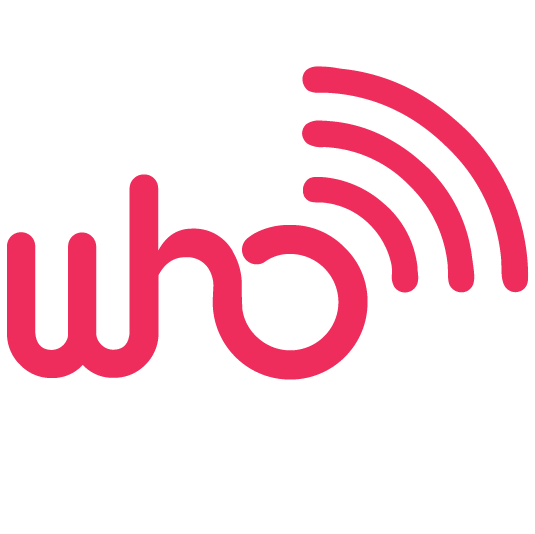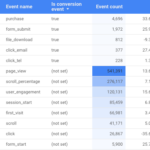Artificial intelligence is rapidly changing how content discovery happens. As chat-based AI systems and generative platforms like ChatGPT, Google’s Gemini, Claude, and Perplexity grow in popularity, optimizing your brand visibility for these Large Language Models (LLMs) is no longer optional, it’s part of your strategic and tactical plans.
Great, but what exactly is “LLM seeding,” and how can your marketing strategy evolve to incorporate another focus? The good news is it will sound familiar in some aspects if you have been building your brand across multiple channels. Here’s a basic guide marketing professionals and entrepreneurs need to understand to prepare their brands for visibility in AI-driven chat environments.
What Exactly is LLM Seeding?
LLM seeding refers to the strategic creation, structuring, and distribution of authoritative, high-value content optimized explicitly to be picked up and prominently featured by large language models (LLMs) and generative AI platforms. This doesn’t happen just on your website, but across multiple performance channels.
These generative platforms rely heavily on authoritative, clearly structured, and semantically relevant content to formulate answers. Unlike traditional SEO which primarily targets search engines, LLM seeding prioritizes clarity, depth, structured data, and topical authority that works with how AI tools crawl, interpret, and then present information in answers.
While we create content for humans, this also crosses some boundaries by creating Content Optimized for LLM Ingestion. It involves creating content in formats and on platforms frequently used by LLMs for training and data collection. The goal is to increase the chance your content appears in their knowledge base, thus increasing your visibility and the likelihood of being cited in AI-generated text. This is analogous to SEO, but focused on AI search engines rather than traditional ones. Think of it as “Generative Engine Optimization” (GEO) or AI Optimization (AIO).
Brands Need To Take Seeding LLMs Seriously
Generative AI tools are becoming mainstream. According to Gartner’s AI Hype Cycle, generative AI tools have rapidly advanced from fun novelty and mystery to practical, everyday tools influencing billions of daily interactions.
If your brand is not properly seeded and structured for AI generative platforms, it risks becoming invisible in conversational queries, diminishing brand awareness and traffic. The brands that succeed at LLM seeding now will be best positioned for future visibility in conversational platforms.
Building Topical Authority: Your Foundation for LLM Success
A cornerstone of effective LLM seeding is topical authority. This is content approach recognized by both traditional search algorithms and AI platforms as a leader in a core topic with expertise, trustworthiness, and relevance.
Topical authority is about consistently providing thorough, accurate, and relevant content around your brand’s core subject areas. This authority directly influences whether AI chat systems choose your content when formulating responses to users.
How to Establish and Optimize Topical Authority:
- Identify Clear Topical Pillars
- Optimize for Relevant Entities (Explained Next)
- Conduct Content Audit & Prune Content
- Create a Comprehensive Topical Map
Optimizing Your Content for Entities
Optimizing for entities involves structuring your content to align clearly and distinctly with the entities—such as persons, places, concepts, organizations, products, and services—that AI models like Google’s Knowledge Graph understand and use to generate accurate conversational responses.
AI-powered generative chat tools rely heavily on entity relationships to produce high-quality responses. Clearly signaling entities and their relationships within your topical structure allows AI models to confidently reference your content in generative responses.
Actionable Tips for Entity Optimization:
- Clearly Define Key Entities:
- Determine and clarify central entities related to your content and brand (products, services, organizations, locations, etc.).
- Explicitly include these entities in headings, subheadings, and content body.
- Utilize Structured Data Markup:
- Employ schema markup from Schema.org to define entities explicitly within content, providing context and relationships clearly for AI-driven understanding.
- Connect Your Entities with Trusted Sources:
- Link entities to authoritative external references (Wikipedia, DBpedia, Google Knowledge Graph entries) to enhance trust and semantic context.
- Ensure Consistent Entity Mentions Across Channels:
- Maintain consistent entity descriptions, language, and naming conventions on your site, social media channels, and industry platforms.
Optimizing your content around entities dramatically improves the likelihood that generative AI systems will trust, cite, and surface your brand content prominently.
Pruning Your Content: Quality Over Quantity
Content pruning isn’t about randomly removing articles, it involves careful data-driven analysis to focus on topical clarity. Removing poor-performing content streamlines your site’s thematic clarity, helps generative AI better understand your expertise, and significantly improves your topical authority signals.
Here’s a straightforward pruning strategy:
- Identify low-traffic or irrelevant content with tools like Google Analytics and Search Console to determine visibility.
- Consolidate or redirect content to align it better with your established topical pillars.
- Prioritize in-depth, high-quality resources to replace or refresh older, weaker posts.
Rebuilding Your Topical Map for AI Visibility
After pruning your weaker content, rebuild your topical map with fresh, structured, authoritative content.
A good topical map clearly outlines the relationship between pillar pages, topic clusters, entities, and supporting articles. It helps AI better understand your expertise and credibility.
Your topical map should be:
- Clearly categorized by theme and entities
- Semantically cohesive and logically structured
- Consistent with on-site linking strategies
- Optimized using schema markup (Schema.org) to facilitate AI understanding
Here’s an example visual illustrating an effective topical map with entities included:
Core Topic (Main Pillar)
├─ Entity-focused Cluster A (Subtopic)
│ ├─ Entity 1 (Defined supporting content)
│ └─ Entity 2 (Defined supporting content)
├─ Entity-focused Cluster B (Subtopic)
│ ├─ Entity 3 (Defined supporting content)
│ └─ Entity 4 (Defined supporting content)
└─ Entity-focused Cluster C (Subtopic)
├─ Entity 5 (Defined supporting content)
└─ Entity 6 (Defined supporting content)
Seeding Your Topical Authority in Performance Channels
Beyond your website, effective LLM seeding involves distributing your structured topical content across multiple digital performance channels:
- Social Media: Amplify topical expertise by consistently sharing authoritative entity-optimized content.
- Industry Platforms: Syndicate entity-rich content on authoritative industry sites, such as Medium, LinkedIn Pulse, Substack, or niche industry blogs.
- Knowledge Hubs & Forums: Share targeted insights clearly associated with your core entities on platforms like Reddit, Quora, and niche forums.
Preparing Your Brand for AI-driven Visibility: Actionable Steps Checklist
- Define clear topical pillars and core entities.
- Audit and prune outdated or irrelevant content.
- Develop a structured topical and entity map.
- Publish authoritative, entity-optimized pillar and cluster content.
- Utilize schema markup to enhance AI comprehension.
- Regularly distribute entity-optimized content across digital performance channels.
Brands that proactively optimize content for AI-driven discovery and entity clarity will secure dominant visibility in conversational search and generative AI environments—future-proofing their digital strategy and market positioning.
Still have questions? Need help with setup or managing your Topical Authority Strategy? WHO Digital Strategy works closely with nonprofits and businesses to build brand visibility and relevance in AI.







